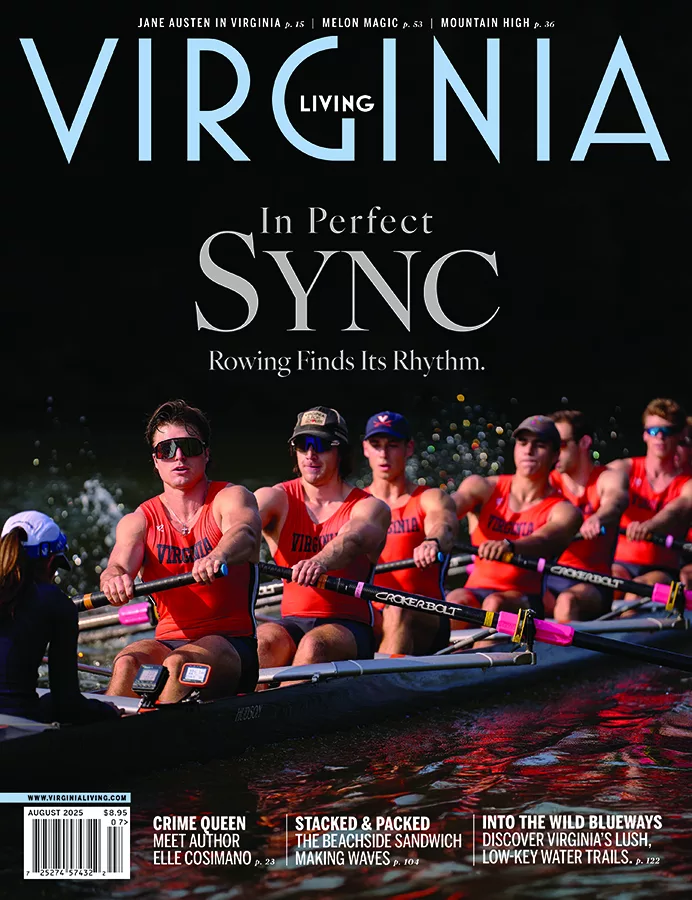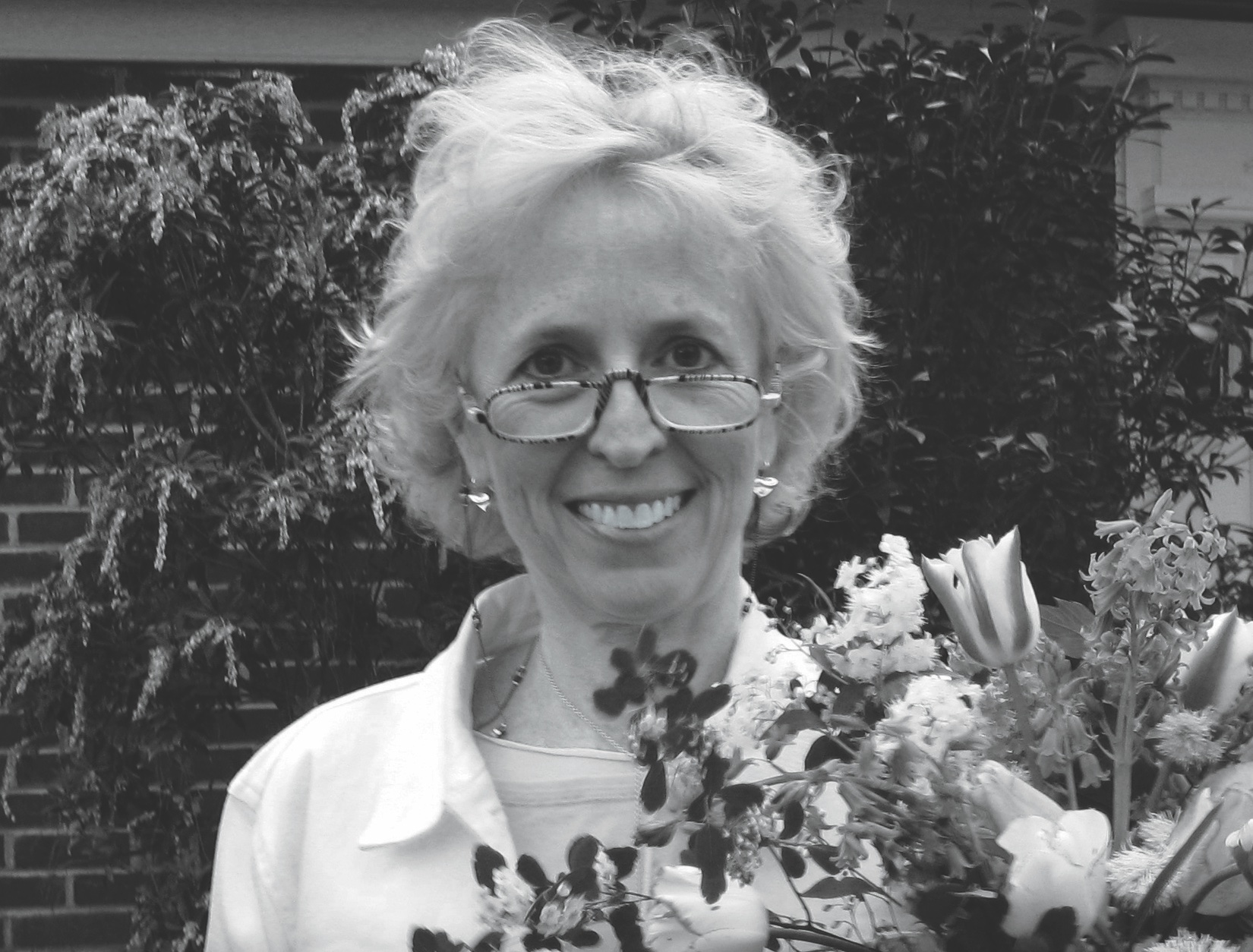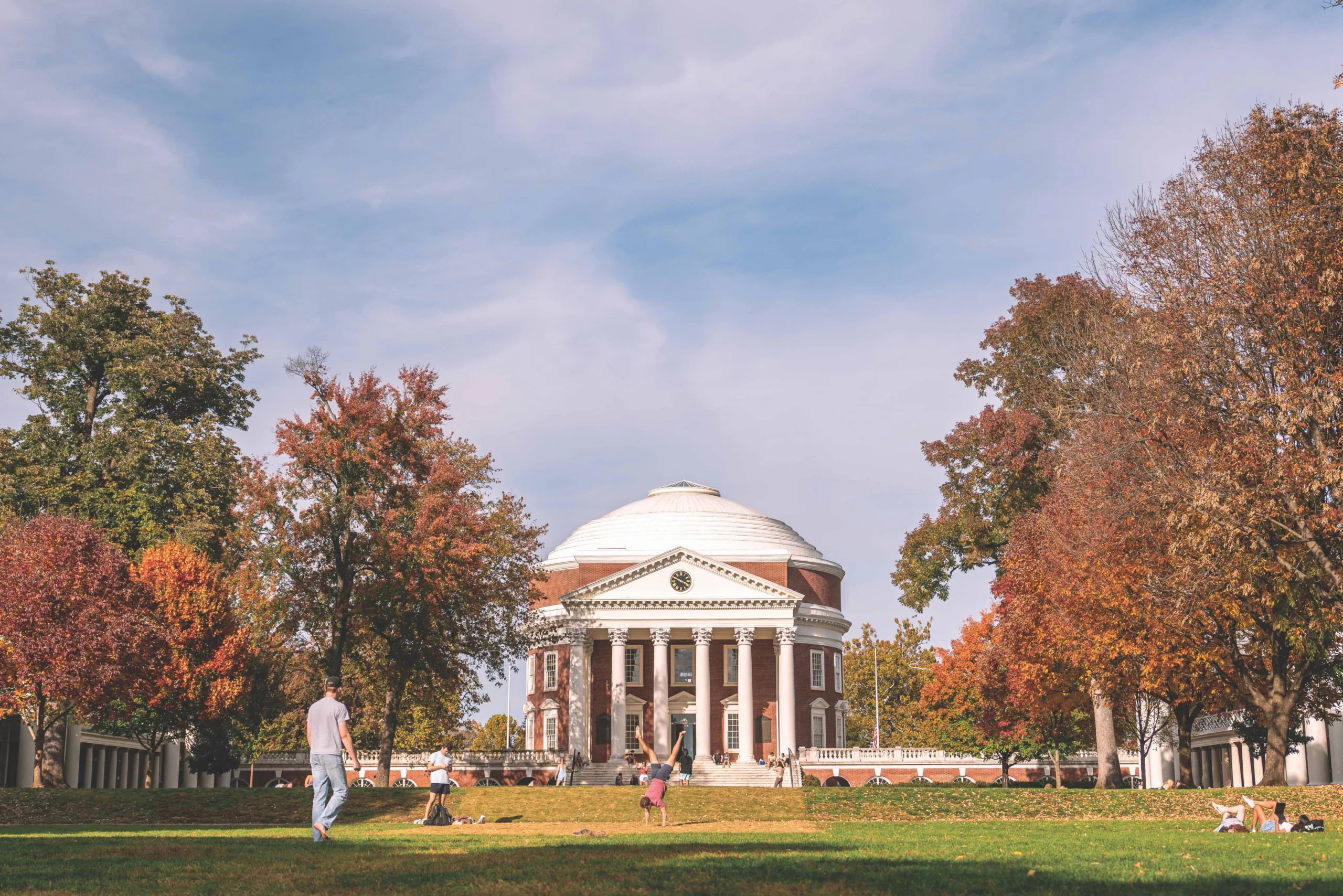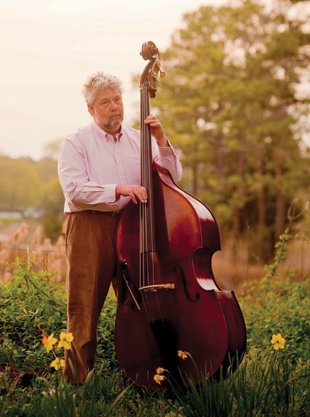Mind-boggling monikers practically morph by the month in the retirement living sector, with names like active adult communities, life plan communities, and CCRCs, adding confusion to an already convoluted lexicon. What used to be called old folks’ homes have adapted over time and now offer so much more than housing for people over a certain age.


“Some residents will give me recipe cards—maybe it’s their favorite chicken dish,” says Chef de Cuisine Ivan Ugsimar of The Virginian in Fairfax. “That link to something special is meaningful to them.”
It’s a decision most of us will have to make: living the last years of your life—how to make them count and where you want that to happen. While plenty of retirees make sound plans for their next chapters, a lot don’t, and end up with their choices diminished because they didn’t do their homework and plan ahead.
There was a day when a “nursing home” was the extent of what was available to seniors. But with changing demographics and savvy consumers ratcheting up expectations, senior living options are ever-evolving.
Nursing homes, however, are on the outs, with a 32 percent industry-wide decline over the last decade, according to the international consulting firm Plante Moran. The trend is not expected to recover, with many seniors choosing more modern and amenity-rich options. The industry is a boomtown.
A Growth Sector
The population in the U.S. is steadily climbing, with seniors being the segment experiencing the most growth. Plus, it’s estimated that up to 70 percent of those over 65 will need some form of care in their lifetime. With many of us facing decisions for ourselves, our parents, or relatives, Richard Mollot, an expert in the field of senior living and long-term care communities, recommends doing a deep dive into options. “Be informed,” he says, cautioning that because the retirement community sector is subject to very little oversight by states, due diligence is paramount.
Mollot is the executive director of Long Term Care Communities Coalition (LTCCC), a nonprofit dedicated to advocating for improvements in the quality of life and care for people in residential facilities. With a plethora of online resources, LTCCC is a great way to start the research process. (NursingHome411.org) Mollot also recommends checking out Nursing Home Care Compare (Medicare.gov), which rates facilities based on a star system that reflects staffing, quality inspections, and health inspections. Capital Area on Aging’s Senior Connections (SeniorConnections-Va.org) provides similar resources tailored to Virginia.

The elegantly designed Mather in Tysons features amenities like an indoor pool and a spa with a salt-therapy breath lounge. Photo by Baxter Imaging LLC

Productive Aging
A significant trend on the rise in the senior living sector is wellness-focused living, where “productive aging” is a major driver. Dr. Li-Mei Chen, assistant professor in George Mason University’s Department of Social Work in its College of Public Health, who focuses on community gerontology and aging, explains that the concept was introduced to challenge stereotypes and misconceptions about growing older.
As productive aging has taken hold, amenities in retirement living now include wellness centers, gourmet dining, lectures, social events, and more. Chen notes that opportunities to stay socially and civically engaged enhance quality of life.
Industry expert Jenna Ballard from The Virginian in Fairfax sees the overall trend in retirement living as catering to the modern senior. “It’s about curating a really positive experience for our residents that goes way beyond the necessities,” she says.
Senior living communities are increasingly emphasizing holistic health, offering fitness programs, mental health services, and personalized care plans. Activities like yoga and group exercises are now common. Nutrition and dining experiences emphasize healthy and fresh options.
The Luxe Life
Upscale communities now offer resort-like amenities in the luxury senior living space, including spas, fine dining, and social clubs that cater to an increasing demand from seniors who seek high-quality lifestyles. “It’s more like being on a cruise ship,” says Ballard. “It just doesn’t happen to be in the water.”
The Virginian offers a Concierge Club, where upgrades to apartments are part of its bespoke package, including custom California Closets, wine tastings, top-of-the-line appliances, and gourmet cuisine at its Rock Creek Grill. On a recent fall menu, Chef de Cuisine Ivan Ugsimar prepared delectable grilled beef ribeye with truffle mash, roasted chanterelles, vine tomatoes, shaved winter truffles, with a rosemary jus—part of a menu that’s about as far as you can get from institutional food. He’s known as much for pushing the culinary envelope as he is for accommodating personal taste buds by preparing residents’ favorite dishes. “Some residents will give me recipe cards—maybe it’s their favorite chicken dish,” he says, “and that link to something special is meaningful to them.”
Ballard describes The Virginian’s recent $67 million renovation on its 32-acre campus as transformational to the facility that’s had roots in the Northern Virginia community for more than 40 years—from cosmetic upgrades like wallpaper, paint, and flooring to an enhanced fitness center with trainers and state-of-the-art equipment. Its golf simulator and new bocce and pickleball courts cater to the athletic set, and four on-site restaurants and a subterranean wine cellar appeal to oenophiles and foodies. New programming like lectures, classes, and cultural outings round out an enriching menu of options.
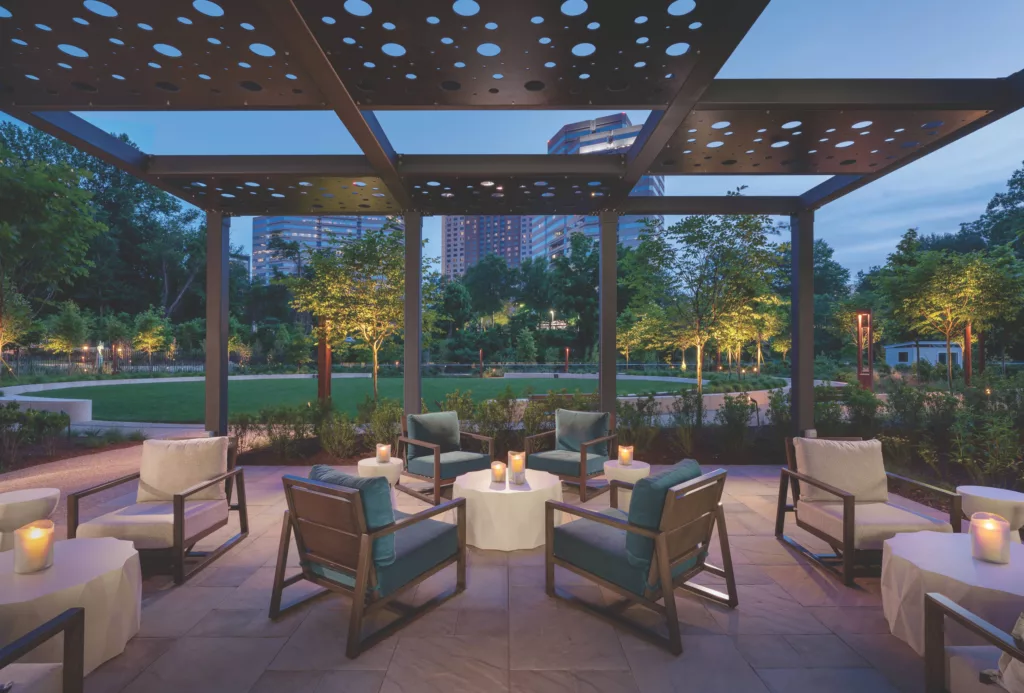
The Mather in Tysons features beautifully designed outdoor terraces and a private park, with shops and a variety of restaurants, all just steps from its residences. Photo by Baxter Imaging LLC
Money Matters
Unlike many life care communities, The Virginian doesn’t require a buy-in fee. Residents pay by the month, but it’s an all-in arrangement, where nearly everything is covered. Factors determine a resident’s monthly fee, like residence size and location, as well as level of care. Other luxury facilities like The Mather in Tysons do require an entrance fee on top of a monthly service fee that averages $5,000-$6,000 a month. The advantage is that nearly all of what would normally be considered à la carte expenses are bundled into that service fee, similar to The Virginian—meals, health club fees, housekeeping, property maintenance, utilities, and more. So the headache that comes with bill-paying nearly disappears. Plus, 90 percent of The Mather’s entrance fee is refundable to your estate. Which is significant—residences at the gleaming, 28-story NoVa high-rise start at $650,000 and sail well into seven figures.
Westminster Canterbury Richmond also requires buy-ins on top of a monthly service fee. The entrance fee is partially refundable but subject to a 50-month declining plan. Monthly fees average $6,000 with entrance fees that start around $400,000. WC-Richmond’s plethora of living options on its 60-acre Northside campus are designed for every phase of life, as long as you’re 62 or older. Amenities are impressive—from on-site concerts and art exhibitions to gourmet dining in its four restaurants.
Community Matters
Community support is one of the pillars of quality of life, especially as we age, and the concept of community resonates throughout Kendal at Lexington’s 82 bucolic acres in the Blue Ridge. It’s location, voted one of the best small towns in America by USA Today, translates to Kendal’s more modest entrance fees, which start at just under $200,000; monthly fees, average $5,000.
“Living in Lexington is like living in Andy Griffith’s Mayberry,” says Jessica Buhler, director of corporate communications at Kendal. “It’s an incredibly safe town and a place that feels like a Hallmark card that’s come to life.” And despite its diminutive size, Lexington is culture-rich, with easy access to art, music, and theater.
Residents echo Buhler’s assessment. Marise Craig, who moved to Kendal this year with her husband, Bill, adds, “For us, the best thing is our neighbors. They’re active, engaged, fascinating and welcoming.”
In the end, productive aging is contingent on choices, and how you choose to age and where you choose to do it are the most important ingredients.
Once, seniors were an invisible demographic, warehoused in dreary institutional settings, largely overlooked. Now, retirement living can mean an exciting and vibrant chapter, where contributions older adults make as volunteers, neighbors, employees, leaders, and caregivers are celebrated and rewarded.
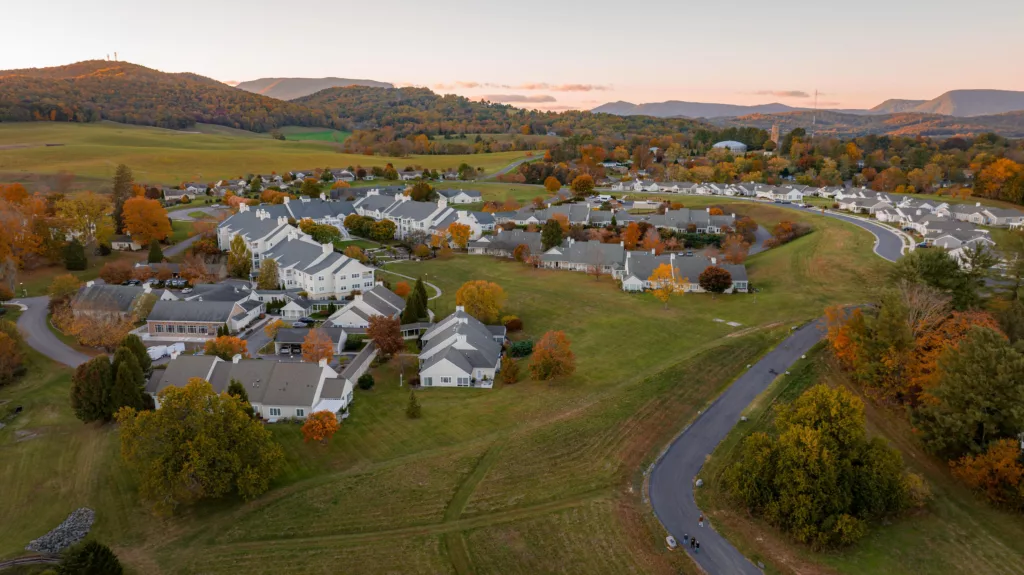
This article originally appeared in the December 2024 issue.
